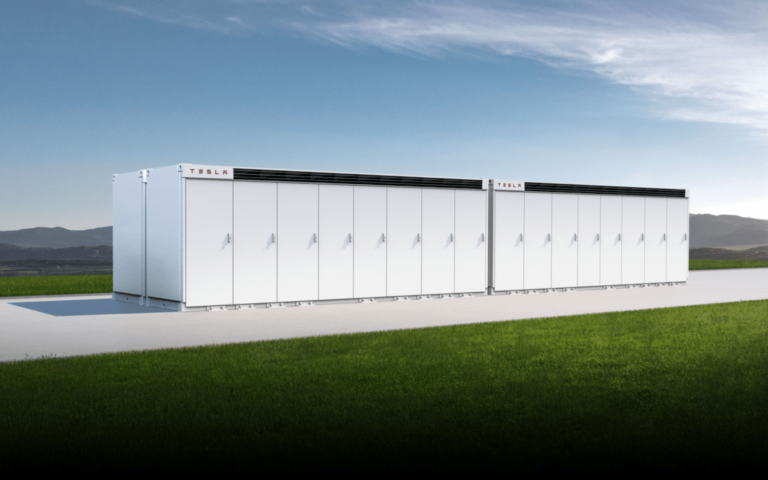The latest financial stability rankings keep Tesla, Mustang Battery, Kung Long Batteries, Hyundai Electric and Eaton in the top five of a report of 55 manufacturers.
Sinovoltaics, a Hong Kong-based technical compliance and quality assurance service provider, has its Fourth Quarter PV Energy Storage Manufacturer Ranking Report. It has a global scope and provides financial stability scores tracked over the past three years. This includes 55 battery energy storage providers, a figure that has remained unchanged since the last edition published in July.
The report, which can be downloaded for free, recorded some shifts in the rankings, with the analysts highlighting improved scores for three Chinese manufacturers. Specifically, Sacred Sun (Shandong Sacred Sun Power Sources Co Ltd) moved from 15th to 10th, while CATL jumped from 26th to 21st and BYD climbed from 30th to 28th.
In the top ten segment of the ranking, America’s Tesla tops the list, followed by China’s Mustang Battery, Taiwan-based Kung Long Batteries, Korea’s Hyundai Electric and Ireland-based Eaton, China-based Sinexcel, Yuasa battery and US-based Sanyo, both based in Japan Enersysand the Holy Sun of China.
The latest edition covers the period December 2021 to September 2024 and, according to Sinovoltaics, is intended to provide insight into the changes in the scores over time.
The financial stability analysis of listed battery manufacturers uses the so-called Altmann Z-scores. It is a balance sheet-based model that uses publicly available financial information to track financial strength over the past three years. It assesses a company’s financial strength through a credit strength test based on profitability, leverage, liquidity, solvency and activity ratios, Sinovoltaics said.
A score of 1.1 or lower indicates a higher likelihood of bankruptcy within the next two years, while a higher score of 2.6 or higher indicates. The reports include a chart that groups manufacturers into companies with scores that put them in the safe zone, companies with lower scores in the gray zone, and companies with scores that indicate problems. There were 21 companies in the safe zone this quarter, compared to 20 last quarter.
This content is copyrighted and may not be reused. If you would like to collaborate with us and reuse some of our content, please contact: editors@pv-magazine.com.


